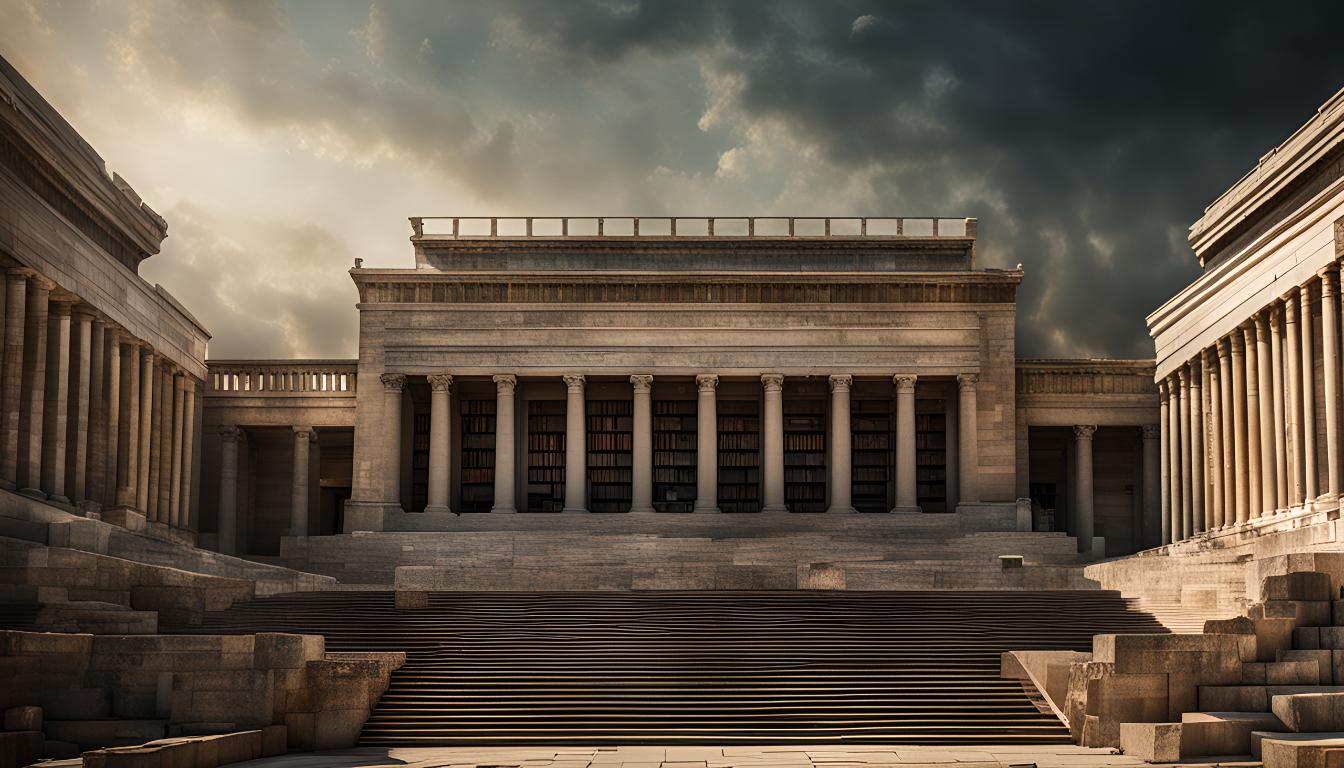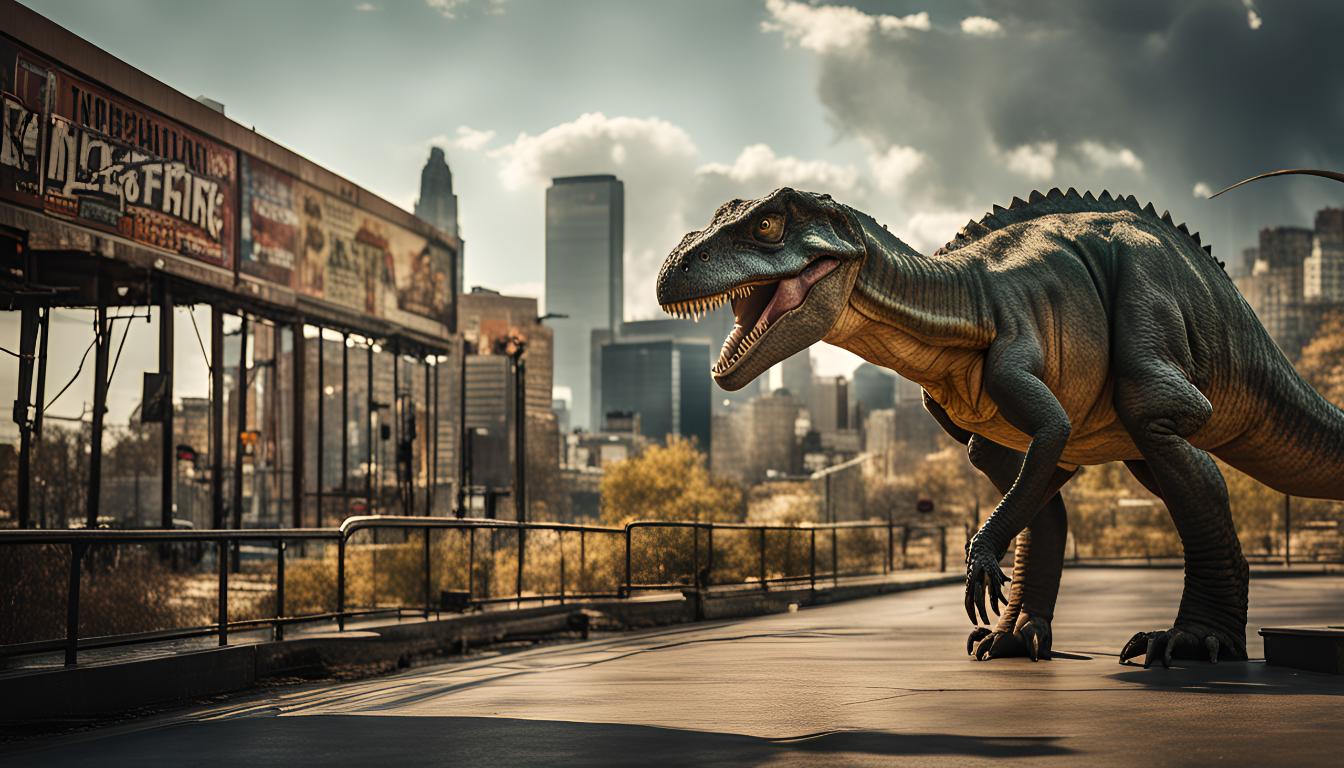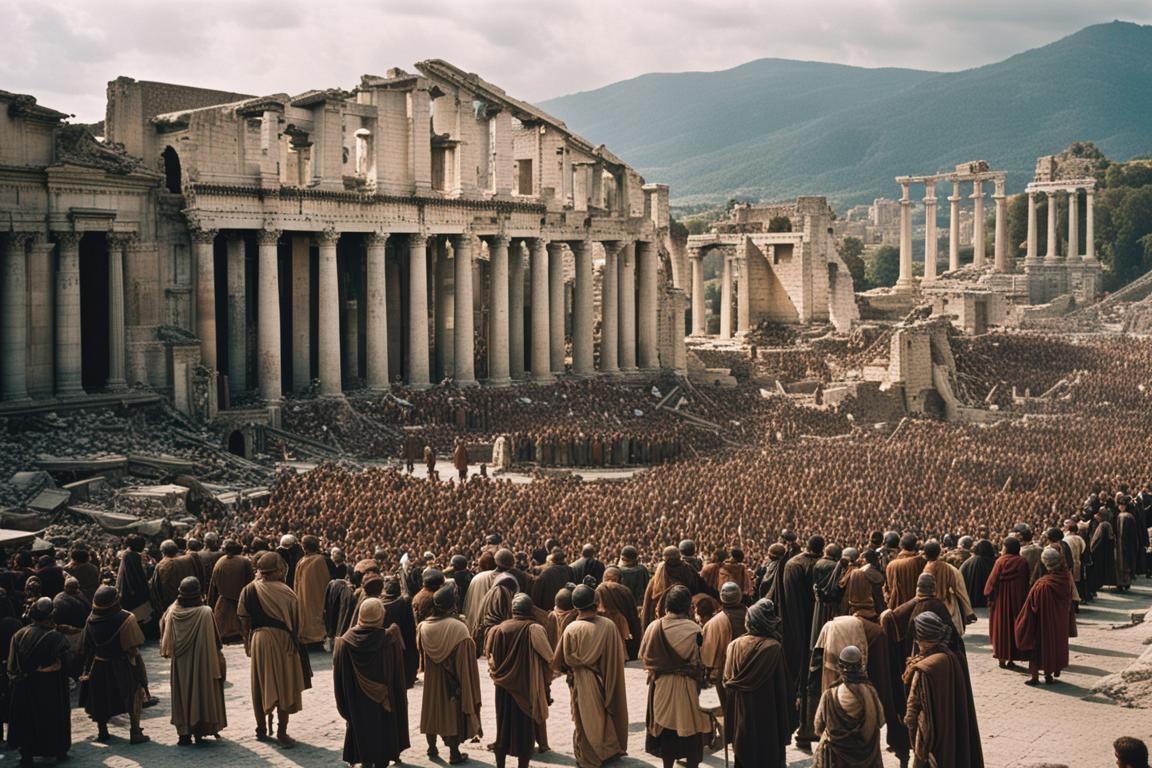
In a world where magic was real and learnable by humans, society would undergo a profound transformation, blending the mystical with the mundane. The discovery of magic, its principles, and the means to harness it would revolutionize every aspect of human life, from education and technology to politics and culture. This magical renaissance would be both exhilarating and challenging, reshaping the world in ways both predictable and unforeseen.
The initial discovery of magic likely began with ancient texts or hidden rituals, but it took modern scientific methods to fully understand and systematize its principles. Universities and research institutions around the world quickly established departments of Magical Studies, attracting scholars and practitioners eager to explore this new frontier. Magic became a field of study akin to physics or biology, with rigorous academic standards and a blend of theoretical knowledge and practical application.
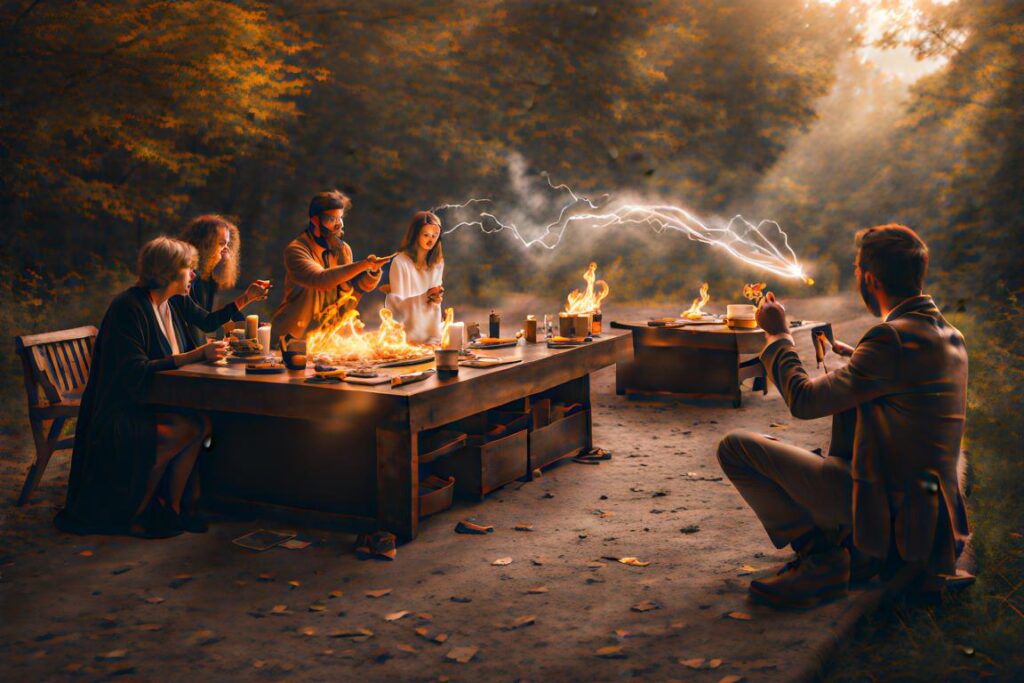
Education systems integrated magic into their curricula, with students learning basic magical principles alongside traditional subjects. Advanced magical training programs emerged, offering specializations in various branches of magic, such as elemental manipulation, healing, enchantment, and alchemy. Schools for young witches and wizards, akin to the fictional Hogwarts, became real institutions where budding magicians honed their skills under the guidance of experienced mentors.
The economy was significantly impacted by the advent of magic. Industries adapted to incorporate magical practices, leading to the creation of entirely new sectors and the transformation of existing ones. For example, transportation was revolutionized by teleportation spells and enchanted vehicles. Medicine advanced with magical healing techniques that could cure previously incurable diseases and regenerate tissues. Construction benefited from levitation and transmutation spells, allowing for the rapid creation of structures and the use of previously inaccessible materials.
The integration of magic into daily life brought about a renaissance of creativity and innovation. Art and entertainment flourished as performers used illusions and enchantments to create breathtaking experiences. Literature and storytelling embraced magical themes, blending reality and fantasy in new and captivating ways. Magical sports and games became popular, drawing massive audiences and creating new cultural phenomena.
However, the widespread availability of magic also posed significant challenges. The potential for misuse and abuse of magical powers required the establishment of strict regulations and ethical guidelines. Governments around the world formed magical regulatory bodies to oversee the use of magic, enforce laws, and prevent harmful practices. These organizations worked closely with magical academies and guilds to ensure that practitioners were properly trained and licensed.
Crime and law enforcement had to adapt to the presence of magic. Specialized magical law enforcement units were created, composed of skilled magicians who could counteract illegal or dangerous magical activities. The criminal justice system incorporated magical forensics and truth spells to solve cases and ensure justice. However, the potential for corruption and misuse of power remained a constant concern, necessitating vigilant oversight and accountability.
Social dynamics were also transformed by the advent of magic. Individuals with strong magical abilities often gained significant influence and status, leading to new forms of social stratification. However, efforts were made to ensure that magical education and opportunities were accessible to all, regardless of background. This inclusivity aimed to prevent the formation of a magical elite and promote a more equitable society.
Culturally, magic became deeply ingrained in the fabric of human life. Festivals, rituals, and ceremonies often featured magical elements, celebrating the wonders of the mystical arts. Traditional and folk practices were revitalized and incorporated into modern magical practices, creating a rich tapestry of cultural expressions.
Environmental conservation benefited from the use of magic. Druids and elemental magicians worked to restore natural habitats, cleanse polluted areas, and manage natural resources sustainably. Climate control spells helped mitigate extreme weather events and address the challenges of climate change, fostering a more harmonious relationship between humanity and nature.
International relations and politics were influenced by the strategic use of magic. Diplomatic negotiations often included magical agreements and oaths, ensuring compliance and fostering trust between nations. Magical alliances and pacts were formed, creating new geopolitical dynamics and power structures. However, the potential for magical warfare remained a constant threat, necessitating the development of magical defense strategies and international treaties to prevent conflict.
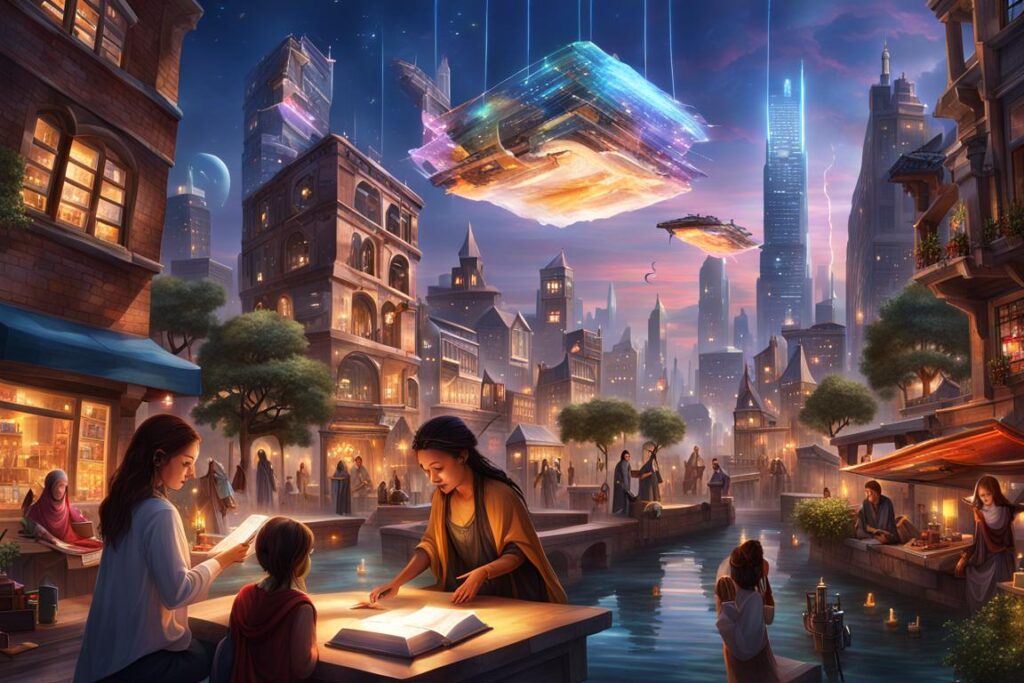
Religion and spirituality were profoundly affected by the reality of magic. Some religious traditions embraced magic as a divine gift, integrating it into their practices and teachings. Others viewed it with suspicion or as a challenge to their beliefs. New religious and philosophical movements emerged, exploring the spiritual implications of magic and its connection to the human soul.
Ultimately, the world where magic was real and learnable by humans was one of boundless possibilities and complex challenges. The integration of magic into every aspect of life required humanity to navigate the delicate balance between power and responsibility, innovation and ethics, individuality and community. In this enchanted world, the pursuit of knowledge and the mastery of magic became a shared journey, shaping a future where the extraordinary was woven into the fabric of everyday life.

